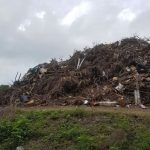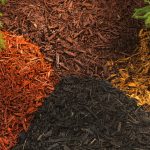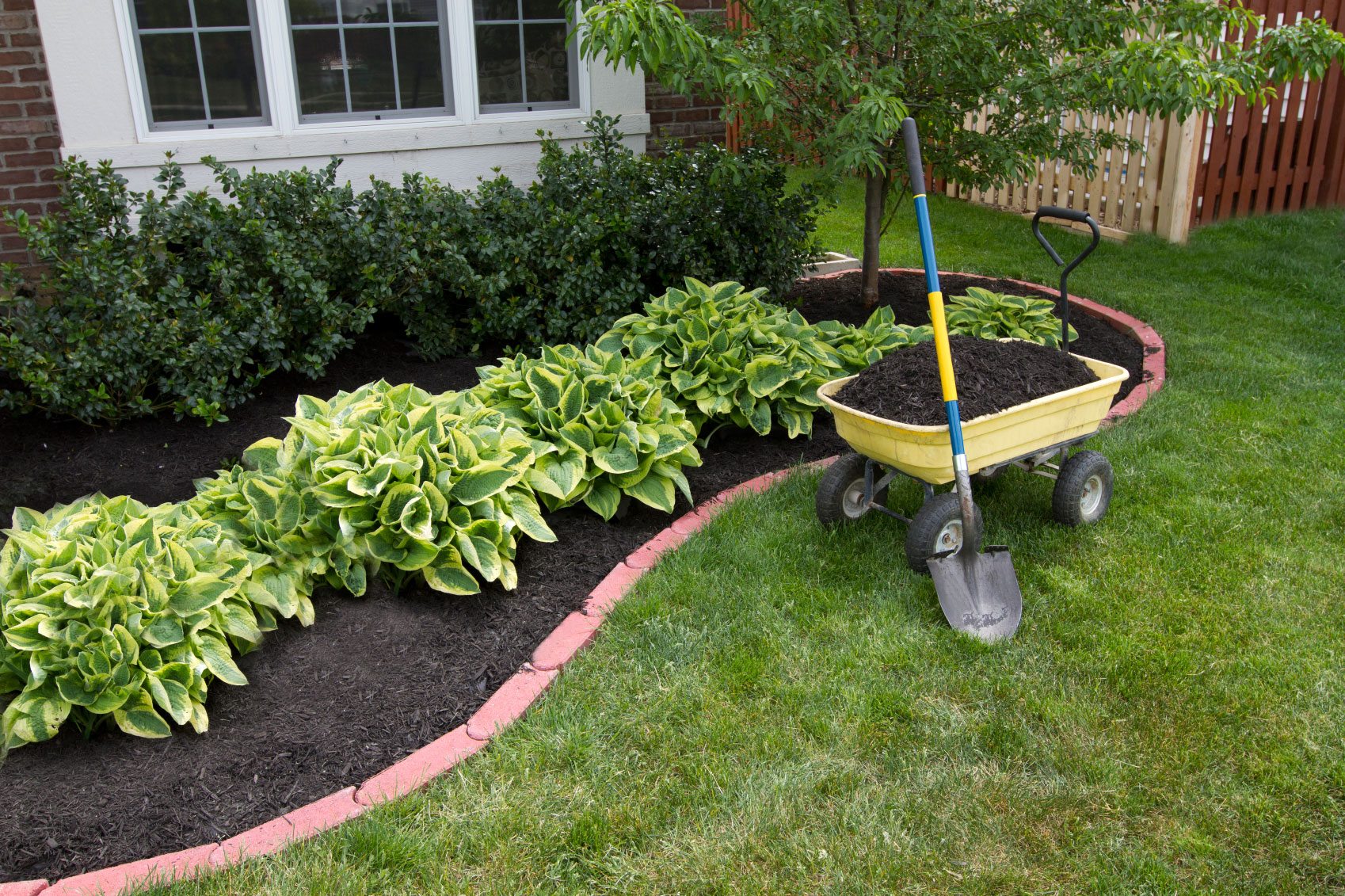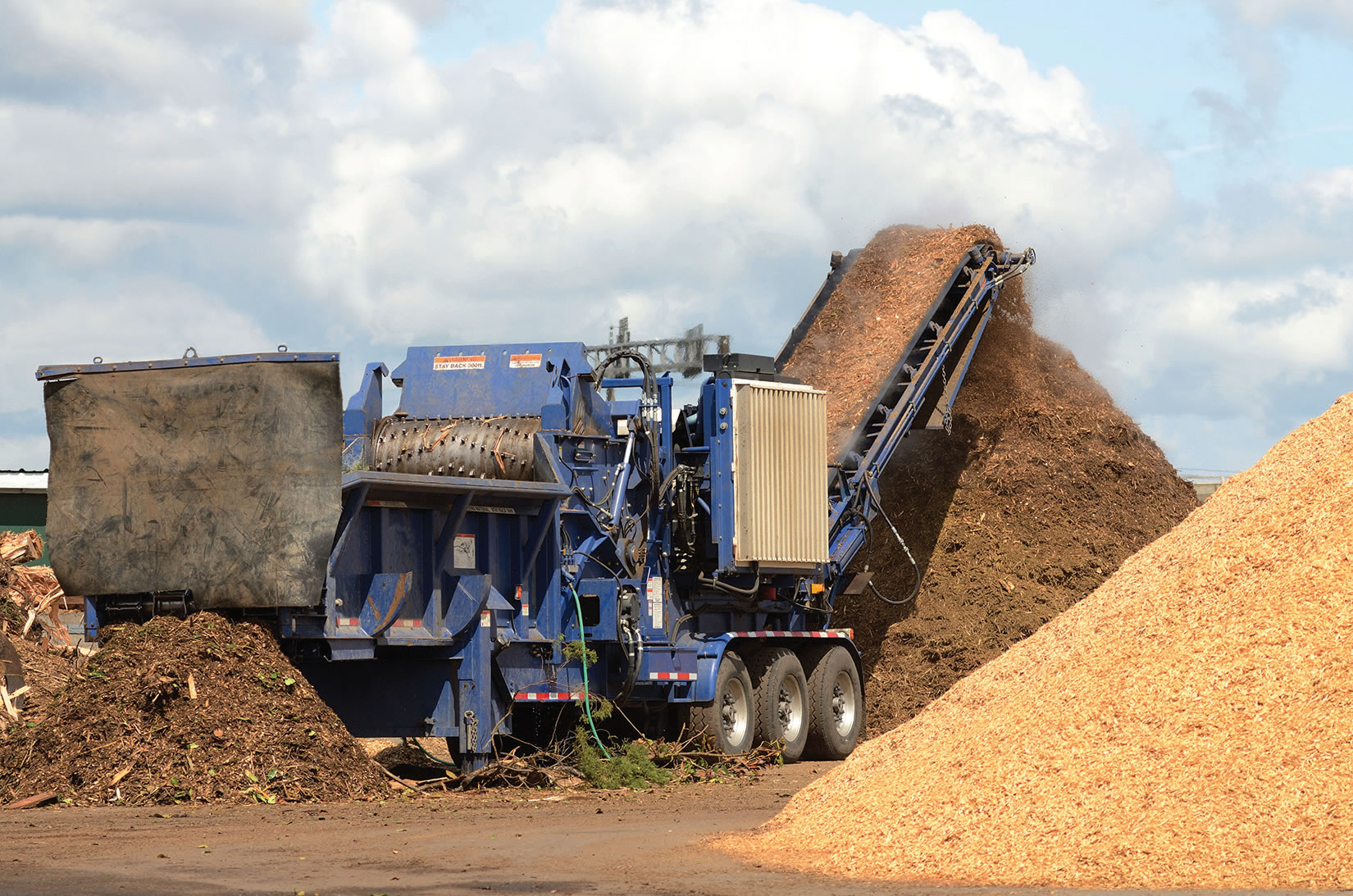By Bob LaGasse, MSC Executive Director
For years, local fire marshals have been promoting the urban myth of spontaneous combustion of mulch in home gardens and landscape applications. In 2016 we saw a significant increase in the number of reports of local mulch fires, particularly in landscapes around businesses where the cause was attributed to improper disposal of smoking materials, especially cigarettes.
Even so, a majority of those reports also included a caution from the media or local fire officials advising consumers that mulch may spontaneously combust in gardens and landscapes. In June, the fire and rescue department of Rockingham County, VA, even declared a fire in a small flower pot on a home deck the result of spontaneous combustion.
From experience, the mulch and soil industry has never recorded a verified fire of landscape mulch or consumer potting soil that was not the result of some external ignition source. Some external heat sources have been extremely unusual, i.e., heat from highly focused sunlight reflecting off “low-E” insulated windows, but that is still an external heat source and not spontaneous combustion.
Our industry is also well aware of the spontaneous combustion of large piles where volumes in excess of 25 feet in height have shown sufficient mass to generate and store energy faster than it is lost thereby causing spontaneous combustion in a large pile. Those same physical effects have not shown they can transfer down to small piles or even wrapped pallet loads which makes claims of a 2” - 4” layer of mulch capable of generating and retaining heat sufficient for auto-ignition even less credible.
The Problem
Even given the volumes of experience the industry has on this issue, there is little to no actual scientific data that can be used to effectively debunk the urban myth of spontaneous combustion of mulches in landscapes or soils in flower pots. So, why should we care?
A lie told often enough and with conviction will eventually be accepted as the truth, even if it isn’t. When the media and the fire safety industry continually tell the public that mulch and soils present a danger to property and life resulting from unpredictable spontaneous fires, the most likely outcomes will be:
- A decline in product sales for fear of property loss and personal safety,
- A decline in retail outlets willing to assume the liability for “potentially dangerous” product sales,
- An increase in manufacturers’ product liability costs as fire departments and insurance companies declare more fires (and their losses) the result of spontaneous mulch and soil fires, or worst case,
- A catastrophic industry loss caused by a consumer death erroneously attributed to the spontaneous combustion of mulch or soils in a landscape application.
The Solution
The solution to the problem is simply to debunk the urban myth of spontaneous combustion of mulches and soils in landscape applications by scientifically documenting it cannot happen and then distributing that proof to every fire safety and insurance industry organization and publication to stop the spread of misinformation.
To that end, the Mulch & Soil Council has contacted multiple organizations to review the issues and discuss possible research projects to achieve our goal. Our most promising proposal is a project developed with the help of the Fire Research Department of the Southwest Research Institute (www.swri.org/industries/fire) in San Antonio, TX.
The Project Outline
Five representative samples of mulch products from across the country would be collected for initial fire characteristic screening. These include:
- SE – Shredded Pine Mulch
- SE — Shredded Cypress Mulch
- NE – Cedar Mulch
- Central – Shredded Hardwood Mulch
- West – Shredded Lodgepole Pine Mulch
Each sample will undergo both DSC and TGA Analysis to determine which products are most combustible. The 3 most combustible products will then be rescreened with an ASTM C518 test to determine the heat retention properties (remember that combustion requires heat generation faster than heat loss; so, the insulating properties of a mulch are as important as the heat susceptibility properties). From these pre-screened samples, the most problematic test sample will undergo a series of additional tests to demonstrate the conditions that would be necessary to create auto-ignition, including the minimum mass required to generate sufficient heat to overcome heat dissipation.
Included in the test protocol is a selection of garden potting soils with and without fertilizer that will undergo the same series of additional tests to demonstrate the conditions that would be necessary to create auto-ignition, including the minimum mass required to generate sufficient heat to overcome heat dissipation.
At the conclusion of the study, the results will be tabulated and used in a professionally written scientific report that will be placed in fire and insurance industry journals to disseminate the data and debunk the urban myth of spontaneous combustion of mulch and soils in landscape applications.
It has taken a long time to find the right resource and develop the proposed test protocol, but we are on the brink of achieving a long-term objective to protect the industry from false claims that could severely harm the market. Now we know what to do and only need the resources to complete the task.
Mulch & Soil Research Foundation
The Mulch & Soil Research Foundation (MSRF) is the non-profit research arm of the MSC. It was created to raise TAX DEDUCTIBLE funds and grants to support key industry issues. MSRF was instrumental in addressing the anti-cypress issues by funding research on U.S. southern forest inventories and sustainability of cypress that clearly refuted false claims of so-called environmental groups.
Based on past experience of the Council, the best defense against false claims is scientific proof of the truth. In our case, it will require professional expertise and specialized equipment that will cost approximately $50,000 to complete the study and effectively disseminate the results. So, the MSRF is soliciting tax deductible industry gifts and grants to fund the necessary research that will debunk the urban myth of spontaneous combustion of mulch and soil in garden and landscape applications.
If there is any doubt this spontaneous combustion myth could harm our industry, remember the vermiculite industry lost 2/3 of its market virtually overnight because the media and EPA published a false study linking asbestos and vermiculite. Not long ago, the media touted reports of health and safety threats from peppers and lettuce that killed the consumer markets instantly and both remained severely damaged for a year after it was reported the threat no longer existed.
Conclusion
False health and safety issues promoted by misinformed fire safety officials and the media are not something our industry can ignore; so, we must act before it is too late. If you can help donate or contribute $2,500 or $5,000 or more to the research that will protect the industry from false fire claims, please contact MSRF Executive Director Robert LaGasse at execdir@mulchandsoilcouncil.org or 806.832.1810.
Related News
Subscribe Today
Every other month, Soil & Mulch Producer
News brings you important stories about:
• New Technology
• Products
• Industry News
• Research Studies
Soil & Mulch Producer News features articles and services relevant to your daily operations.











